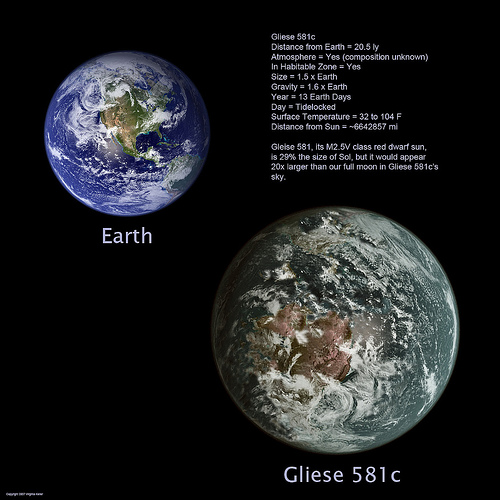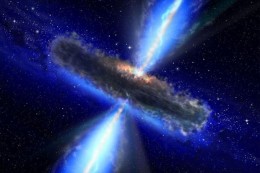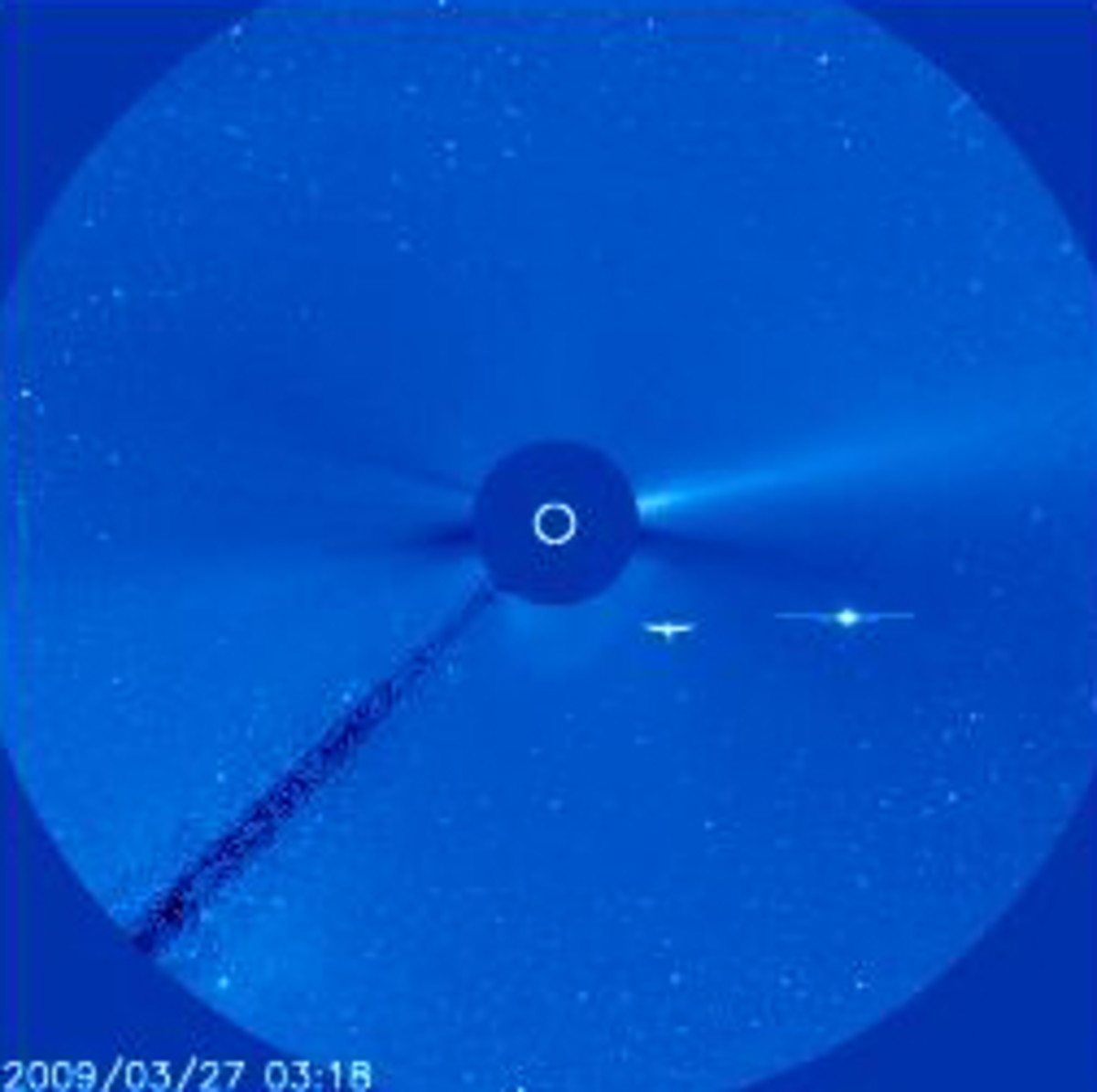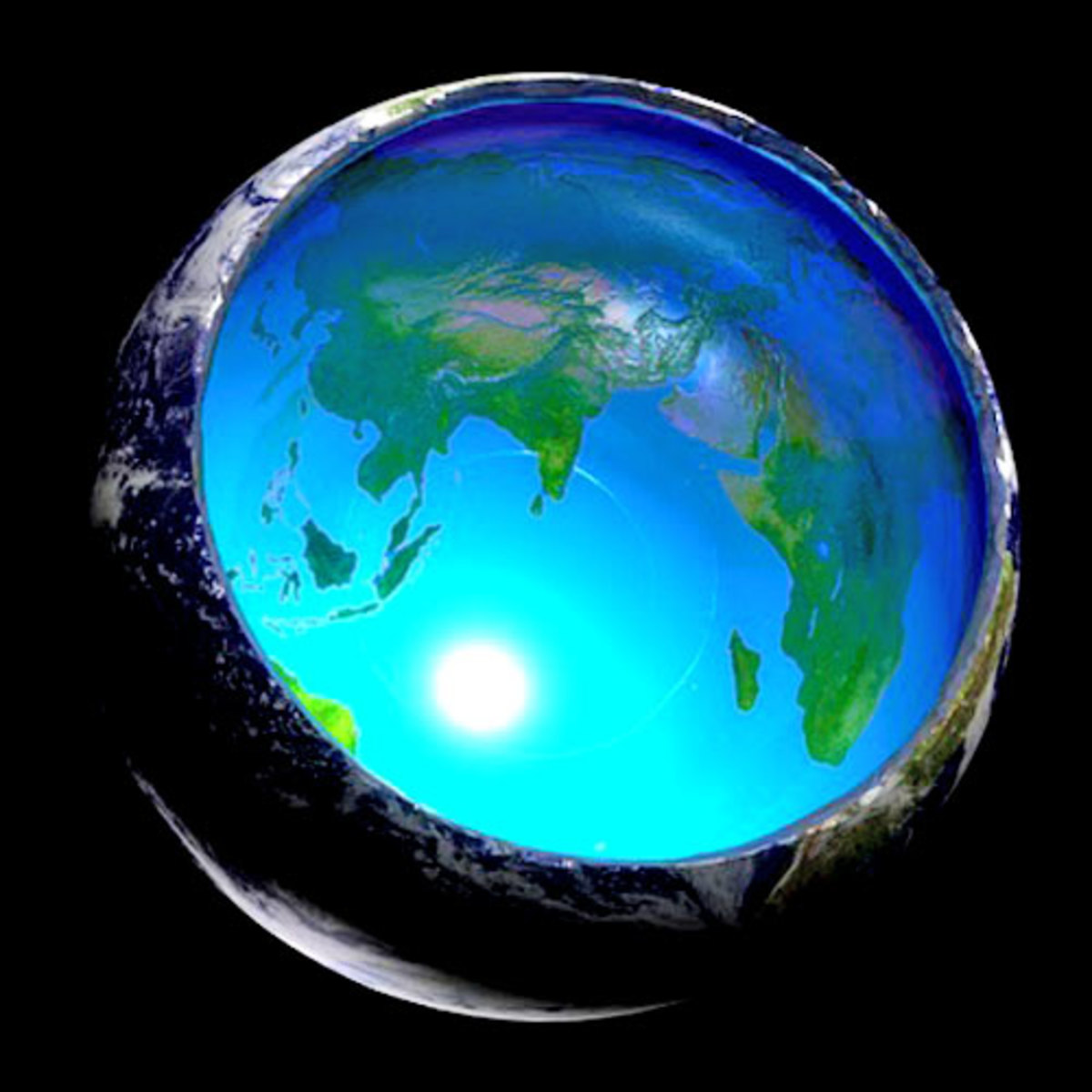Space Discoveries

Super Earths
With all the recent discoveries being made in space it's only a matter of time before signs of alien life are announced. The most recent discovery sees a group of astronomers in Switzerland finding over 50 new planets by using HARPS (High Accuracy Radial velocity Planet Searcher), of which 16 of them have been described as 'super-Earths'. The most significant planet discovered is HD85512b which is potentially the most habitable and the most likely candidate to harbor life. HD85512b is approximately 37 light-years away from Earth and orbits a star smaller and cooler than that of our own. The super-Earth has a mass of 3.6 times the mass of Earth and orbits it's star within the 'goldilocks zone' giving the planet the potential to retain water. HD95512b is orbiting a star which is part of a binary star system.
Scientists and astronomers now believe that Earth-like planets may be much more abundant than we could ever have imagined. Discovering life on other planets is starting to seem like an inevitable reality at some point in the near future.

Gliese 581c
Another super-Earth was announced in 2008 called Gliese 581c which also lies in the goldilocks zone. Gliese 581c is up to 4.3 times the mass of Earth and is the fourth planet of six in the Gliese 581 planetary system in terms of distance from it's star. The planet is believed to be the most likely planet in the system to potentially host extraterrestrial life. The mass of Gliese 581c suggests that it's probably a rocky planet with a solid surface. The planet's gravity is up to 1.7 times that of Earth but is capable of holding on to an atmosphere denser than Earths.

ULAS J1120+0641
In June 2011 a supermassive black hole called a quasar (named ULAS J1120+0641) was discovered dispersing water over the course of several hundred light-years. The quasar is approximately 12 billion light-years away from Earth and boasts a gigantic 140 triliion times the amount of water in all of Earth's oceans. It is believed that it took 12.9 billion years for the light from the quasar to reach Earth and the quasar pictured is how it would have been seen just 770 million years after the universe started. Researchers claim the discovery will help to solve mysteries of the early universe.









